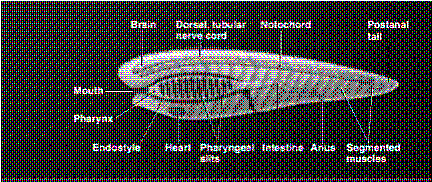Viruses are the cause of various diseases such as polio, HIV, or the flu. However, viruses are also very helpful to our environment. In what way can viruses be beneficial to the environment?
A. Viruses caused the evolution of singlecelled
eukaryotes through horizontal gene
transfer, thereby limiting the number of these
microorganisms in soil and water.
B. Viruses limit the bacterial infections in
animals by causing mutations within the
bacterial genome.
C. Viruses limit the number of viral infections
in animals by mutating other viruses on
contact.
D. Viruses limit the number of bacterial
infections in plants by causing the mutations
within the plant genome.
E. Viruses aided evolution of bacterial and
archaeal genomes and limit the number of
other viruses and other microoganisms in soil
and water.
E
You might also like to view...
A single point mutation in a mitochondrial gene involved in protein synthesis that affects oxidative phosphorylation is an example of a maternal inheritance pattern that is characteristic of mitochondrial diseases
A. true B. false
The structure in the accompanying figure labeled ____ is characteristic of the phylum to which this organism belongs

a. brain
b. mouth
c. heart
d. notochord
e. anus
Which organism is LEAST likely to survive to reproduce?
A) A plant that has a sweet flavor before it flowers B) A dark-furred rodent that comes out only at night C) A seahorse that mimics the weeds in which it lives D) A flower that produces a scent that attracts bees E) A shrub that produces a toxin in its flower buds that repels deer from eating it
Which of the following criteria is most useful in determining whether two organisms are related?
A) Both ferment lactose. B) Both are gram-positive. C) Both are motile. D) Both are aerobic. E) Each answer is equally important.